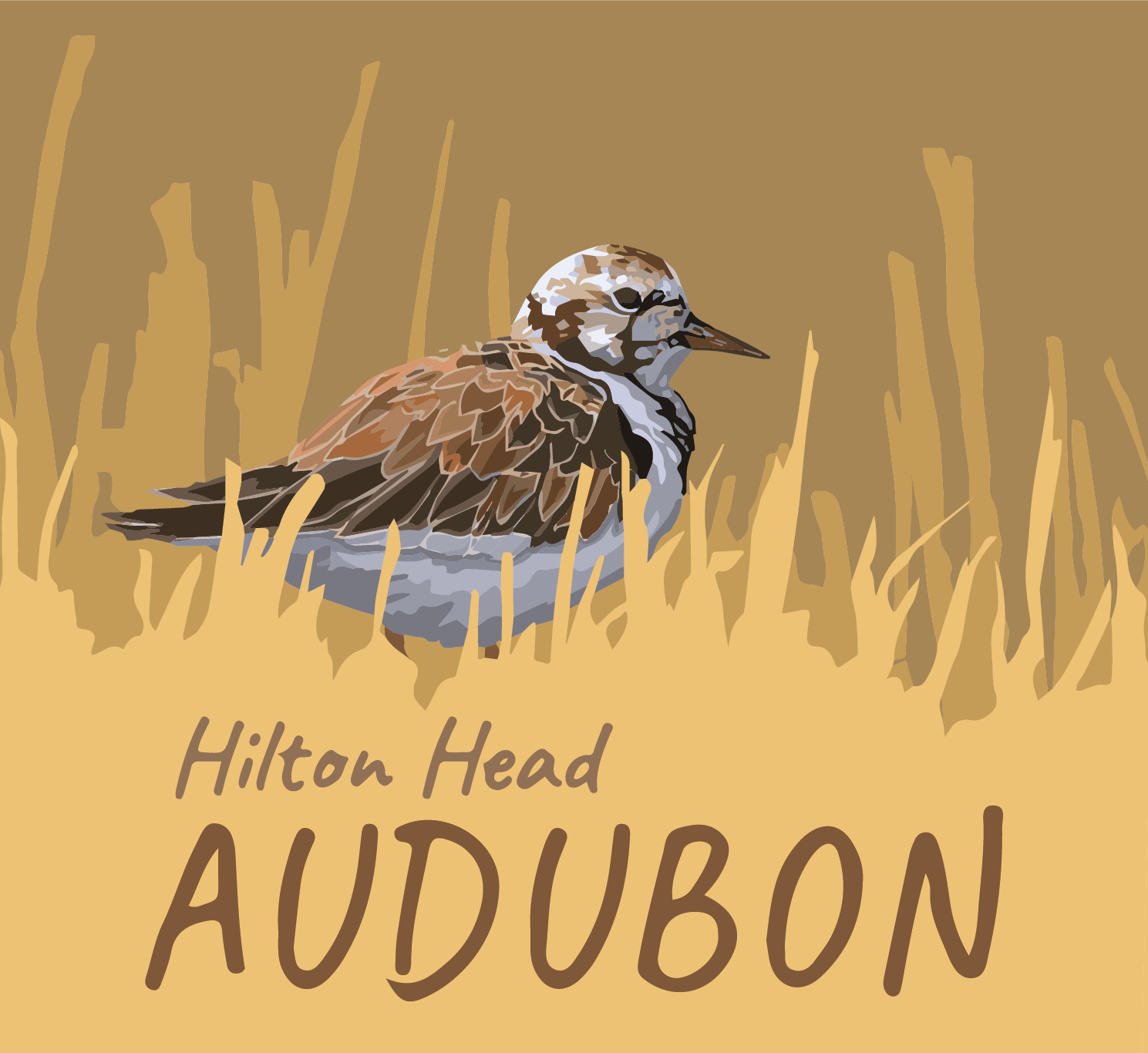How Banding Supports Bird Conservation Science
It’s thrilling to spot a banded bird along the Lowcountry coastline but you might not know how important it is to report what you see. Banded bird sighting reports are vitally important to the conservation and long-term survival of many of our most imperiled bird species, and amateur bird watchers play a critical role! Bird banding is a valuable tool in the study and conservation of many bird species.
To understand the entire life-cycle of shorebirds and waterbirds—where they go, how long they live, what resources they need—biologists band and track many species of birds, including shorebirds.
Birds that have been seen and reported bands on Piping Plovers, American Oystercatchers, Brown Pelicans, Black Skimmers, and Red Knots.
There are many reasons, but the two main ones are, 1) band sightings provide scientists and managers with valuable data on wintering locations, migratory stopover locations, first and last observation dates, and survivorship; and 2) you can learn how birds are moving around the habitats you survey.
- Reporting banded birds helps biologists to understand migratory patterns, territory size, range, habitat use, mortality, longevity, and a number of other factors critical to a specie’s survival.
- Reporting banded chicks, adults, and migratory shorebirds helps pinpoint beaches, causeways, and islands that are important feeding and resting areas for birds prior to or during migration so that we can ensure those special places are protected from disturbance.
- Reporting banded chicks and adults at beach-nesting and gravel rooftop-nesting sites helps assess “nest site fidelity” -the innate habit of returning to the same location year after year to nest. Site fidelity differs among shorebird and seabird species. For some species, a catastrophic disturbance one year can cause the birds to search for a new nesting location that may be safer than the previous site
- The period between hatching and a chick’s first flight, when they can fly to avoid danger, is critical to their survival. Observing banded chicks may help to pinpoint factors in preventing them from reaching this critical stage.
What to do if you see a banded bird:
- Note the date, time, and location (with GPS if possible)
- Note the species
- Note which legs or legs have bands
- Note the color and order of bands –upper or lower and left or right leg. If the band or flag has an alphanumeric code, try to note the code
- Take a picture! Digital cameras work great through scopes and sometimes even binoculars.
How to report a banded bird:
| Band Color | State | How to Report |
|---|---|---|
| Orange | MA | Email: Carolyn Mostello |
| Yellow | NY | Email: R Longiaru, K Parkins |
| Blue | NJ | BandedBirds.org, BBL ReportBand.gov |
| White | VA | Email: VTplover, BBL ReportBand.gov |
| Black | NC | BBL ReportBand.gov or email: Lindsay Addison |
| Green | FL | Email: Beth Forys |
| Red | TX and others | BandedBirds.org |
*Table compiled by Elizabeth Forys, Ph.D.
How to report a banded bird other than Black Skimmer:
- To report banded sandpipers such as Red Knots, Sanderling, and Semipalmated Sandpipers, please click here.
- To report banded Piping Plovers, please email piping.plover@usace.army.mil
- To report banded American Oystercatchers, please click here.
- To report banded Least Terns, please email Beth Forys.
- To report banded Roseate Spoonbills, please click here.
- To report banded Snowy Plovers and Wilson’s Plovers, or for information on reporting a variety of other birds, please click here.

